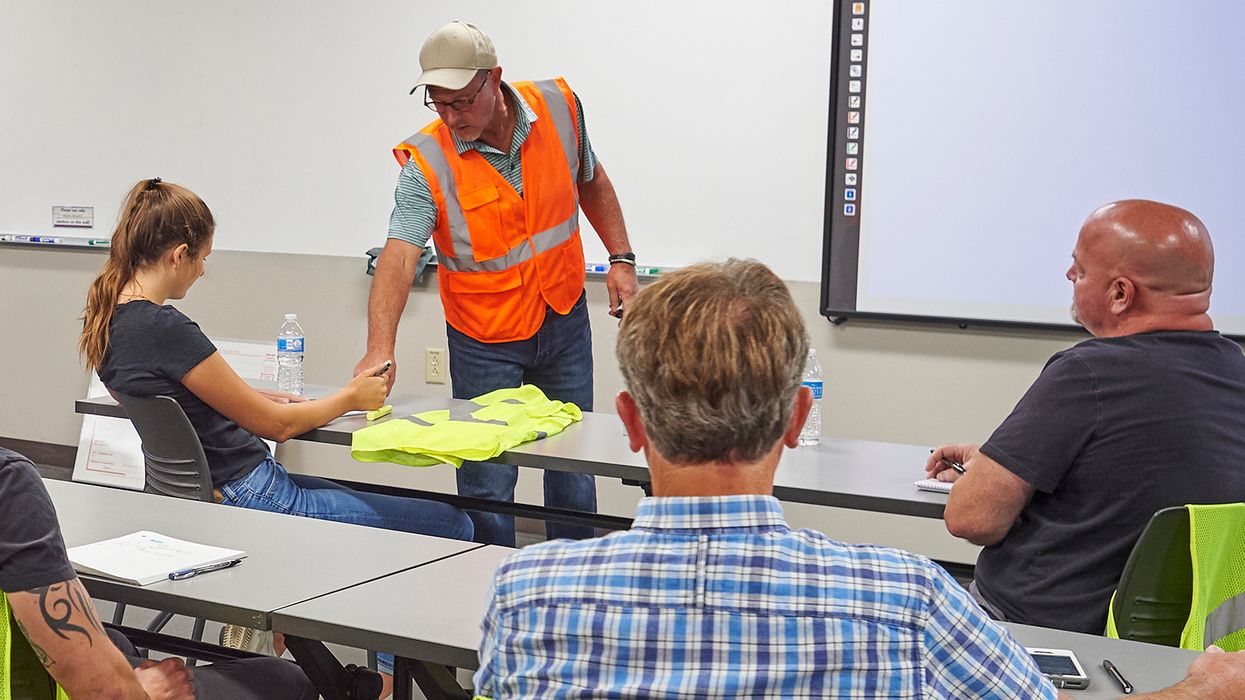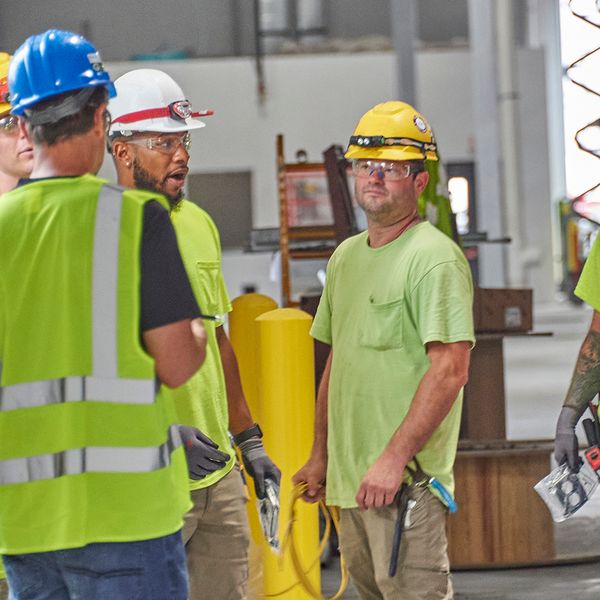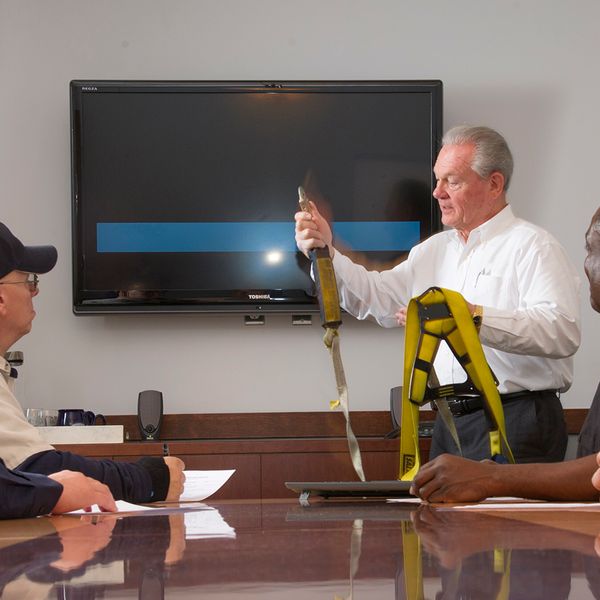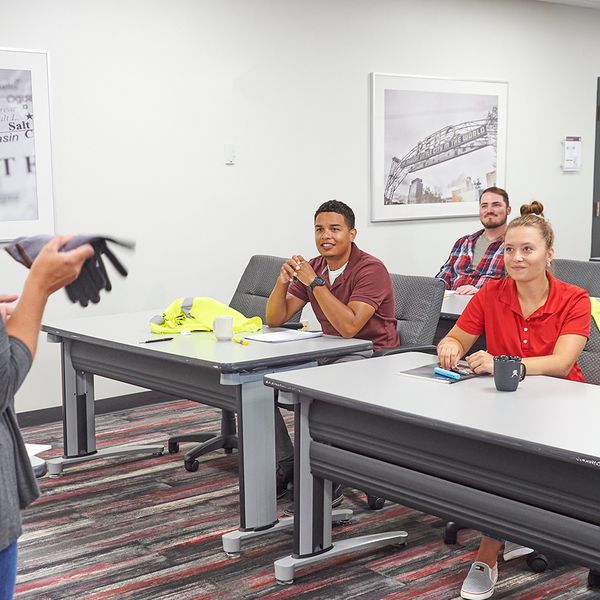Effective safety training: We’re all adults here!
OSHA requires employers to provide appropriate safety training before workers engage in any potentially hazardous activities. You’ve provided the training, but compliance is still at a minimum. So, what could be the reason for this? Effective safety training relies on understanding your audience then properly delivering the information.
Get into their heads
Adults are most interested in learning subjects that have immediate relevance to their job or personal life. Effective training will provide the “why” or “what’s in it for me” behind the training topic or new concept and will link the information to their current role. Adult learners want training to be practical, worthwhile, and show immediate results.
Every participant can benefit from the vast experience that adults bring to the table. Adult learners expect presenters to be experienced and knowledgeable but also relate their safety experiences to the training topic. Adult learners tend to connect past experiences to anything new and use the association to validate new information. Presenters should promote emotionally involvement by using humor, tapping into participant memories, and adding real-life scenarios that relate to the training topic.
Understand their learning characteristics
Adults prefer to take responsibility for their own learning. They’ve seen and experienced a great deal and understand that one-size-fits-all answers aren’t always sufficient. Employers can better tailor their training programs to achieve the desired results by recognizing that:
- Adult learners are results-oriented and want training to be directly related to their ultimate goals.
- Adults absorb information more effectively when they are active participants rather than passive learners.
- Adult learners prefer to associate past experiences with new concepts.
- Adults typically want to utilize new knowledge and skills soon after they have learned them.
- Adult learners are interested in learning new concepts and principles rather than just facts. They enjoy situations that are scenario-based and require problem-solving.
- Adults learn best when allowed to proceed at a reasonable pace rather than being rushed through a course.
- Adult learners appreciate immediate feedback and a summary of expected next steps.
It’s important to remember that adults’ goals are different than younger learners. They are motivated when the content is relevant to their immediate interests or concerns and when it can be immediately applied. Failing to understand the characteristics of adult learners can inadvertently sabotage training efforts.
Match their learning style
Determine how adults best retain what they’ve learned:
- Visual — learn by seeing. Effective tools include PowerPoint presentations, videos, computer-based training, handouts, and other illustrative methods.
- Auditory — learn by hearing. Effective tools include lectures, discussion panels, question and answer sessions, and recorded sessions or meetings.
- Kinesthetic — learn by doing. Effective tools include hands-on training, demonstrations, role-playing, and other active exercises.
Adult learners benefit most from a variety of the above learning styles. Employers should design and present material on a particular safety topic, utilizing discussions, exercises, quizzes, and other activities to reinforce what’s been learned.
Respect their time
Time is a valuable commodity, so when adult learners prioritize training, presenters should begin and end on time, stick to the training topic, and encourage discussions that help embed the information provided. Staying on topic helps maintain participant interest and ensures the learner that their time is being well spent.
Additionally, distractions like phone calls, emails, or knocks at the door can derail even the best training sessions. Providing a separate, informal classroom atmosphere helps limit these distractions while encouraging participant engagement and interaction.
Be active
Safety training programs often require “active participation.” The same should be required of the presenters. Safety training doesn’t have to be boring — it should be interactive, exciting, and get participants moving. Real world scenarios that relate directly to the participants’ roles will capture their interest and get them involved. Here are some other tips to increase participation:
- Have props — Bring personal protective equipment, hazard labels or safety data sheets, or other visual aids that will make training more tangible.
- Tell stories — Share how an employee escaped injury or was a hero, explain how a customer was directly impacted, or create narrative for a “what if” scenario that relates to the safety topic.
- Play games — Break participants into groups and have them compete against each other for finding the most “wrong in this picture,” obtaining the best quiz score, or which team can produce the best remedy for a shared safety concern.
- Use technology — Introduce participants to virtual reality (VR) safety scenarios, share video clips, or create relevant safety memes.
Keys to remember: Effective safety training involves delivering information in a way that aligns with the learning styles and characteristics of adult learners. Adults are most interested in learning subjects that have immediate relevance to their job or personal life.
































































